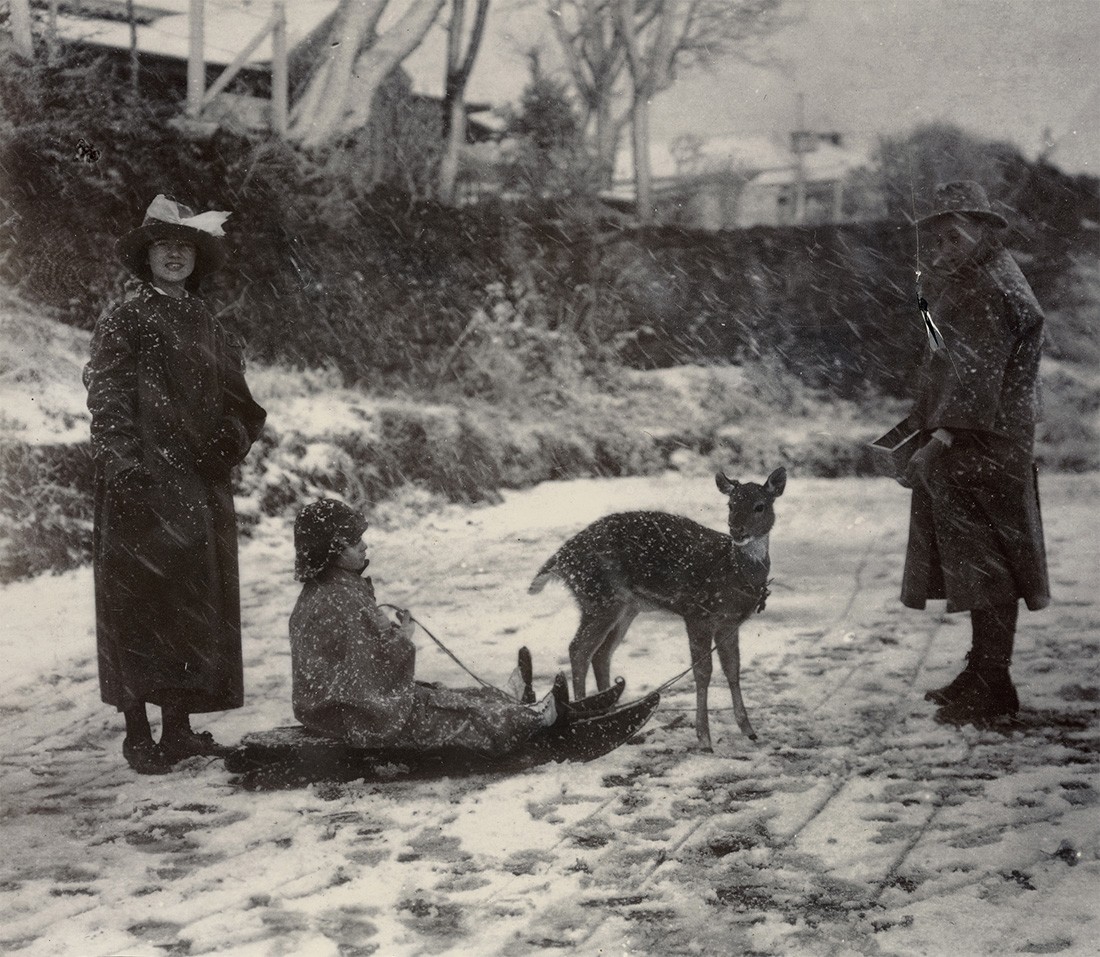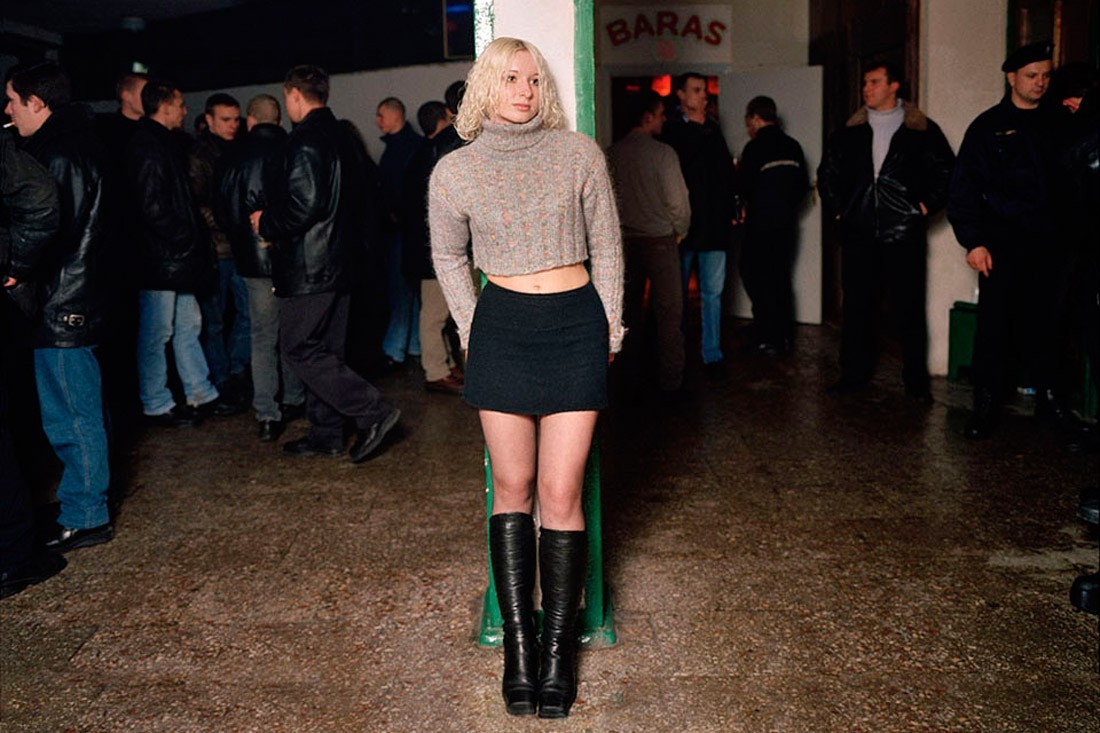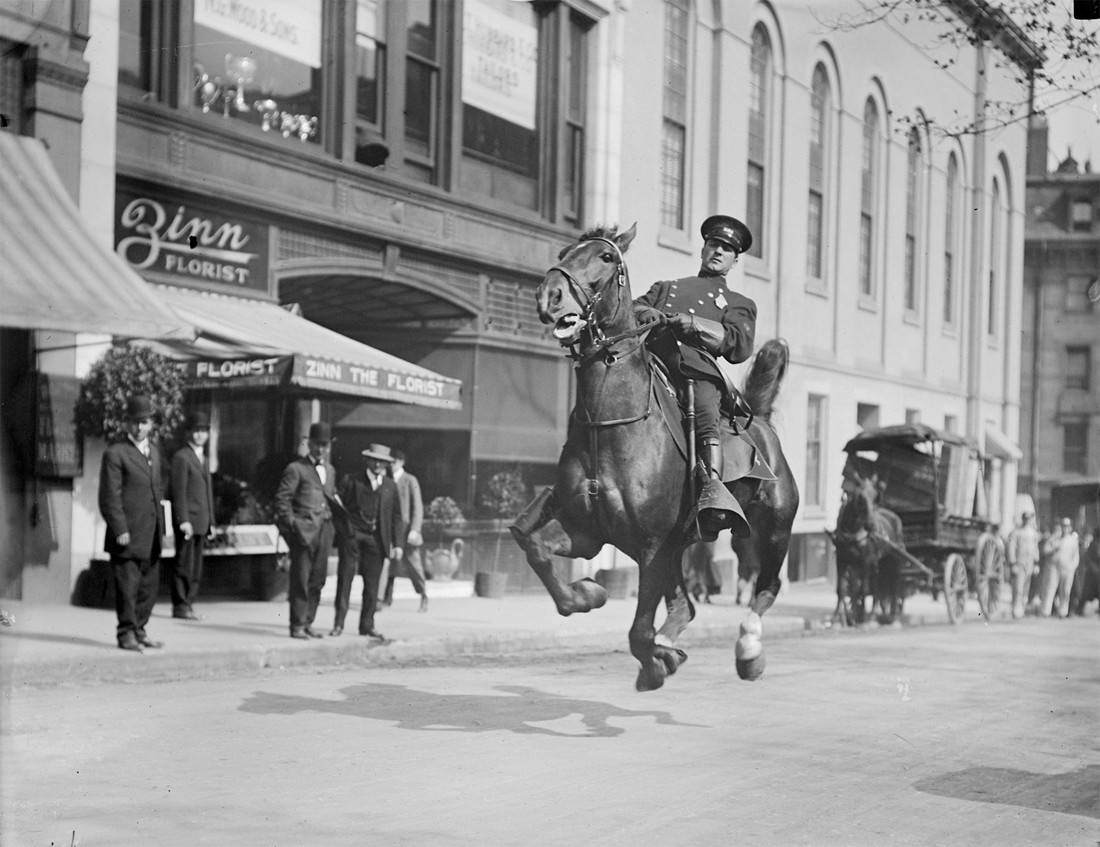
High Score: The Most Pretentious Party in History
In 1965, Capote was the most recognizable writer in the US, whose name was known by even those who didn’t read. The New Yorker had just published his novel “In Cold Blood,” Random House publishing purchased the rights to print the book and Columbia Pictures studio procured the movie rights. The book hadn’t even been printed and Capote had already earned around $6 million on it in today’s prices, which comes to $14.80 per word.
Capote had already come up with the name of his next book: “Answered Prayers.” The novel was thought to be like a black comedy about the lives of the super-rich, and the writer came up with the idea to organize a ball in order to gather material and try himself in the role of host at a huge celebrity event.
It had to be the best ball in the world: otherwise, the darling of the most stylish women in the world would not have been forgiven.
Capote came up with a gimmick pretty quickly: a black-and-white ball with masks required. All of the rich and famous guests would float past the photographers and cameramen without showing their faces! The masks would be removed at midnight.
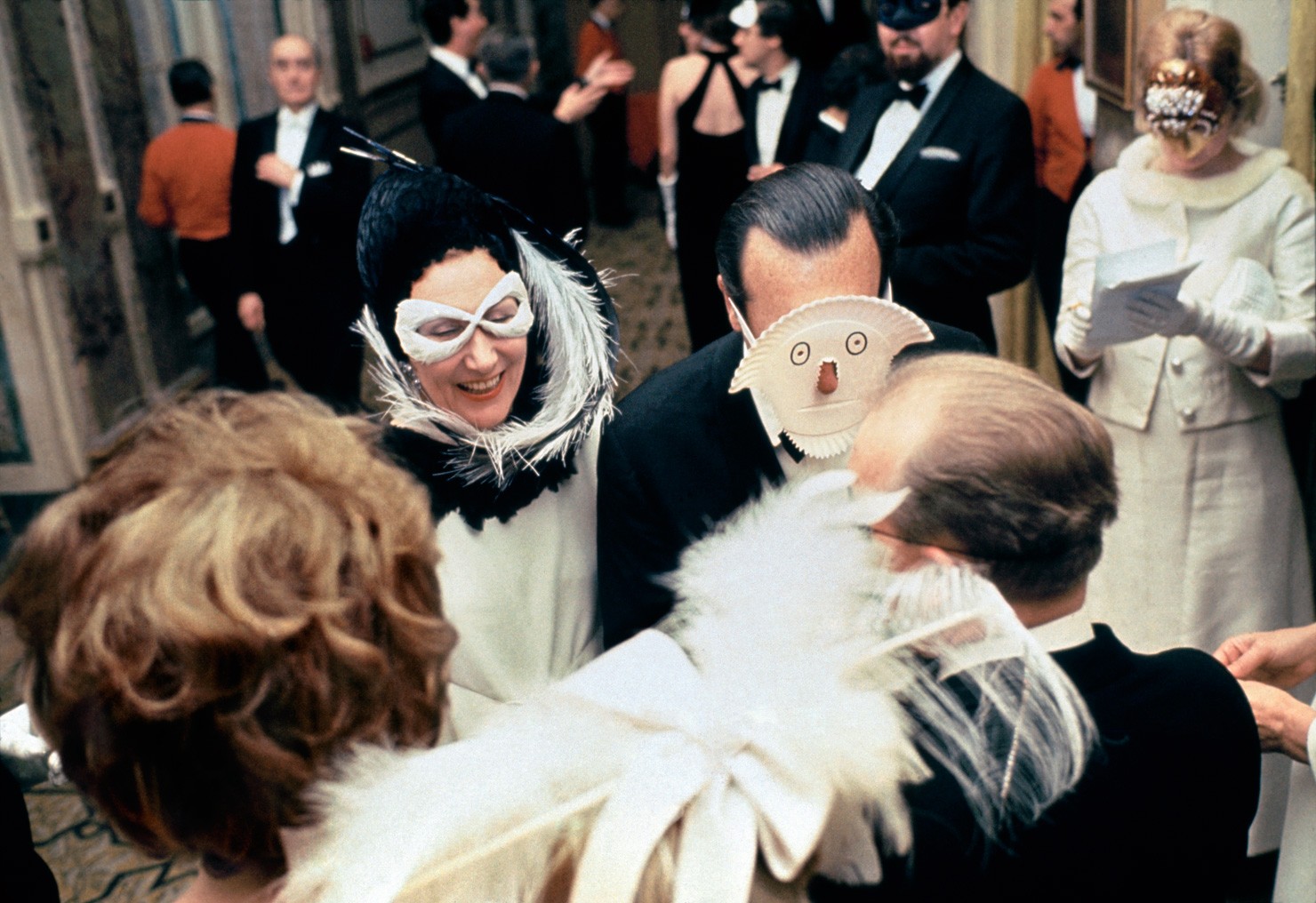
As the event was made to be private, The Grand Ballroom at the Plaza Hotel, which fit 540 people (13.7 x 25.2m), was ideal. Capote held a close relationship with this hotel, in fact; his first novel, “Summer Crossing” (1944), begins with the scene of a high-society family lunch at the Plaza. In addition, important events from F. Scott Fitzgerald’s “The Great Gatsby” took place there.
Capote enlisted his friend, interior designer and the person who designed his Manhattan apartment, Evie Baker, to decorate the ballroom. Baker refused to use traditional tapestries and compositions for this ball. She decorated it with golden chandeliers entwined with green vine, red tablecloths and a huge cluster of shimmering balloons under the ceiling.
On the menu, there were eggs, sausages and biscuits (the classic American trio for a midnight snack at the time), meatballs in tomato sauce, and chicken hash (minced meat in a creamy sauce), a specialty of the Plaza Hotel and Capote’s favorite dish. The drink of the evening would be Taittinger champagne - 450 bottles of it.

At the beginning of summer, 1966, the writer bought a new notebook with a black-and-white cover and wrote the word “Party” in it. He couldn’t put the notebook down for the next three months, constantly writing down and crossing out guests’ names. He immediately crossed out the Johnsons because the entire presidential security unit would need to be there, as well, but he did invite their daughter. He rejected inviting former President Harry Truman because, after all, there could be only one Truman at the ball. But he did invite his daughter. He later crossed off the names of Winston Churchill, actor Yul Brynner and editor of Esquire Clay Felker.
In September, Capote put together a draft of the invitation: “Address: Grand Ballroom at the Plaza Hotel, New York, New York State. Gentlemen: Black Tie, black mask. Ladies: black or white dress, white mask, folding fan. Jewelry: only diamonds, pearls and black amber.” The invitations were sent out in the first days of October.
‘This is how I managed to get 500 friends and 15,000 enemies,’ Capote later said.

Many guests asked if they could bring another person with them. Capote was adamant: only husband or wife. Even Andy Warhol, who never went anywhere without an entourage, was forced to fall in line. Only TV producer Mark Goodson turned out to be principled in the matter. He called an emergency meeting of his directors and told them that he does, in fact, have an invitation to the “Black-and-White Dance” (the word “dance” was written on the invitation instead of “ball”), but that he wasn’t going by choice. The directors in the room exhaled with relief; they were certain that Goodson called the meeting to fire someone.
There were others who tried to buy their way into the ball. According to Capote, he was approached by a representative of Charles Revson, the owner of the Revlon company, with an offer to pay for the ball’s expenses in return for an invitation. Capote refused him, explaining that he didn’t personally know Mr. Revson and thus couldn’t invite him to his party.
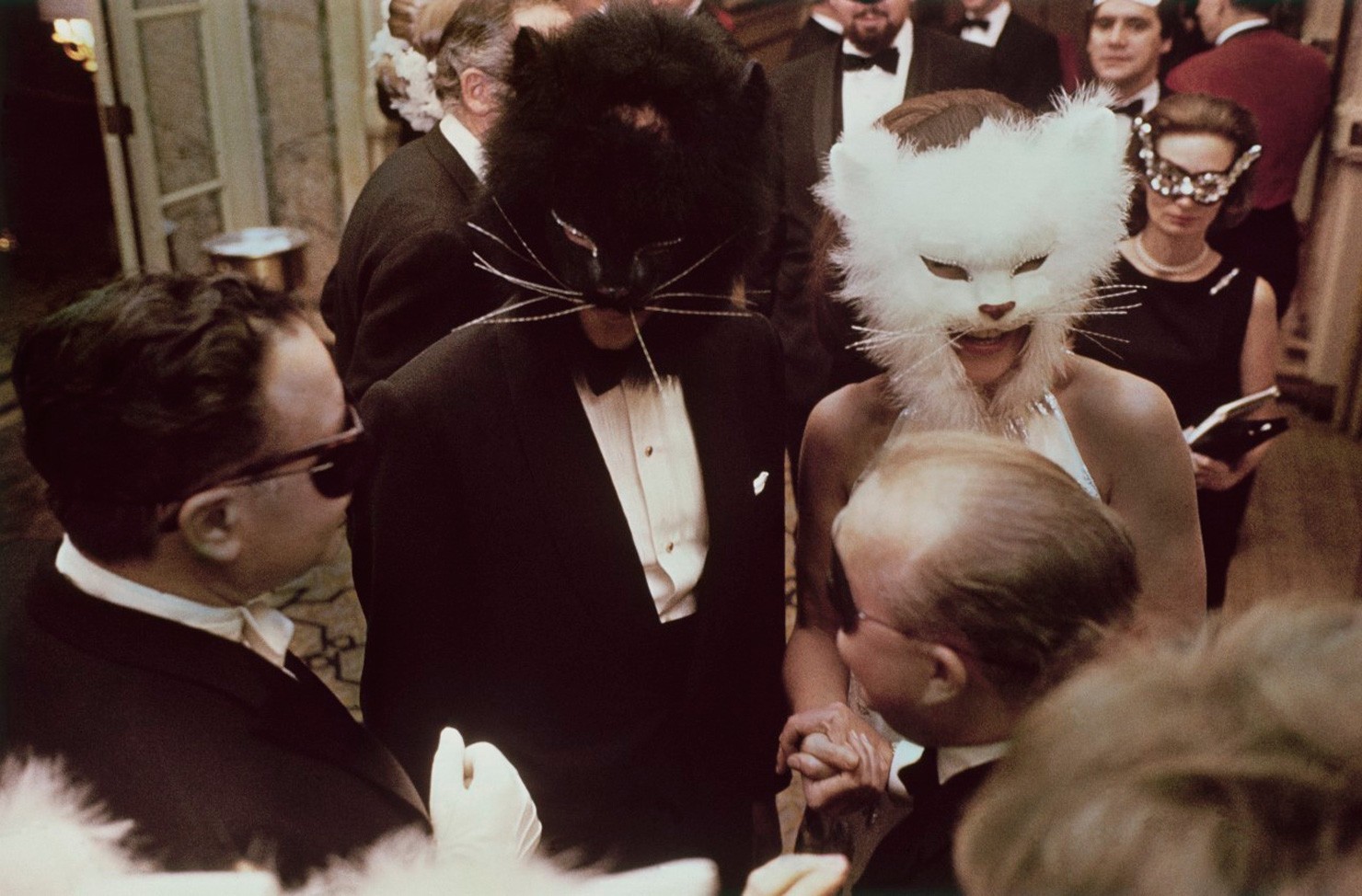
The rich fashionistas were split into two camps: those who ordered their masks from the hat designer Halston, and those who ordered their masks from his competitor, Adolfo. Actor Henry Fonda spent two weeks putting together a handmade mask for his wife. Darryl Zanuck, the head of 20th Century Fox, ordered his mask from a Venetian artisan who made it so that the producer could leave his glasses on and still be able to smoke. Cartier decided to run with the theme; two “Mephistopheles” masks made of black velvet and diamonds and at prices of $35,000 and $38,000 appeared in the windows of their shop. When Capote heard about it, he giggled like a child; he had bought his mask at a toy store on 5th Avenue for 39 cents.
On November 28th, the writer was in good spirits; he was told that the Maharaja and Maharani of Jaipur were flying to New York to attend his ball. Of course, they didn’t have any time to look for a black suit and white dress, but it was the only case in which Capote was ready to make an exception. Several commercial flights to LaGuardia Airport were actually cancelled that day because of the expectation of so many private jets arriving in the city. At West 54th Street, which had never seen the slightest bit of traffic, it was pandemonium since early morning. Women invited to the ball were rushing to get their hair done at Kenneth’s, the best hairdresser’s in the city. Several streets surrounding the salon were lined with limousines.
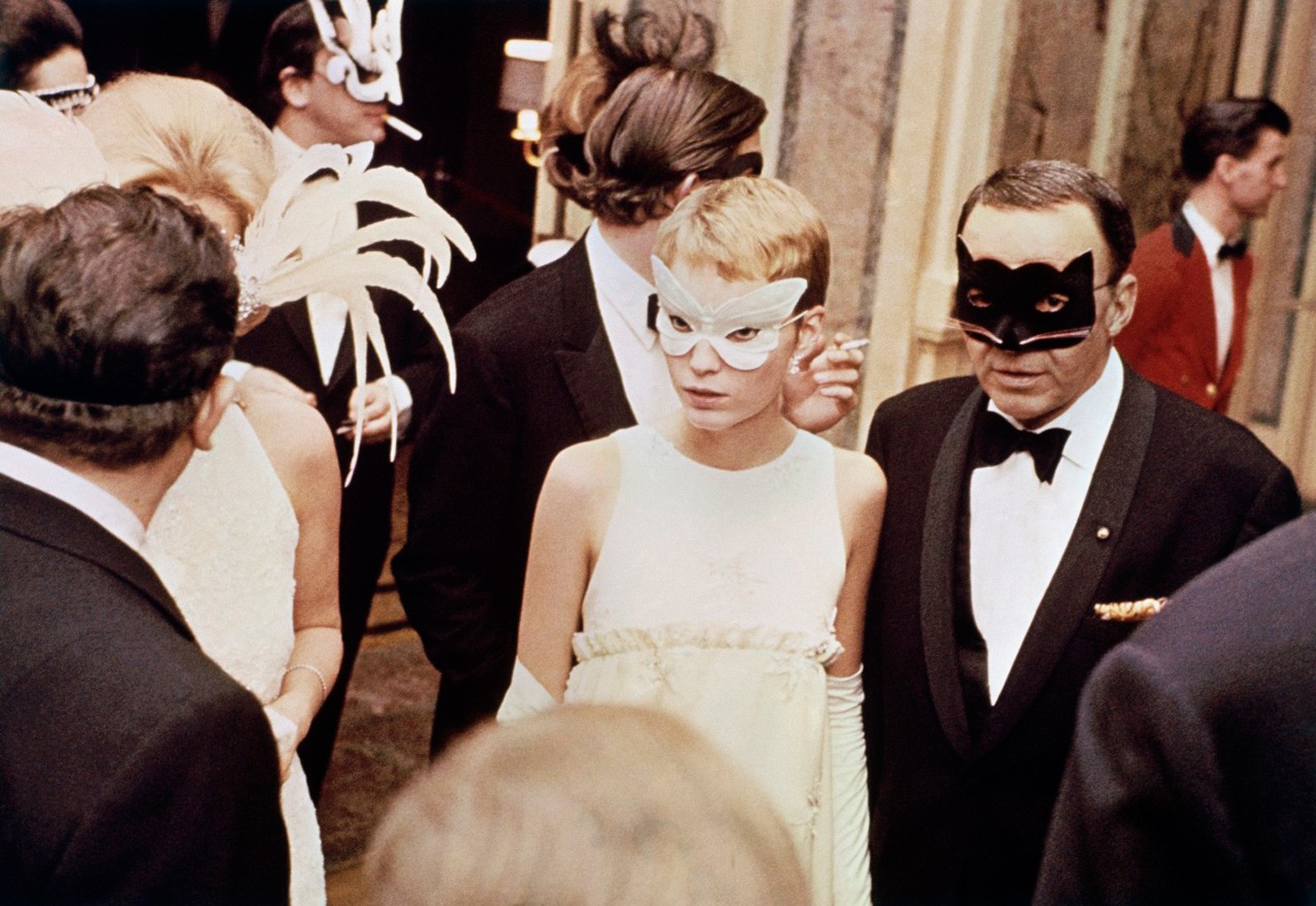
The first guests to arrive at the ball were Alexander Liberman, the editing director at Conde Nast, and his wife, Tatiana. The next one to enter the ballroom was the legendary beauty, Mrs. William Rhinelander Stewart, and after her, the guests flowed in like a river. The orchestra started playing once the amount of guests outnumbered the musicians.
Writer Leo Lerman said later that never in his life had he seen such beautiful women in such a quantity in one place.
Even with all the abundance of beauty and luxury around, some of the guests were wise to come up with original masks. Interior designer Bill Baldwin wore a golden unicorn head, writer Isabel Eberstadt whimsically wore the intertwined necks of a black and a white swan, and illustrator Charles Addams, creator of “The Addams Family,” wore an executioner’s mask. However, 16-year-old future supermodel Penelope Tree got the most attention. Her outfit, which consisted of a transparent, skin-tight dress and pants on which there were more rips than there was fabric, caused the nanny who accompanied her to the ball to literally cry. Cecil Beaton and Richard Avedon, who both danced with her that evening, both proposed to do photo shoots with her. Within a year, she would be as famous as Twiggy.
At one of the 53 tables sat the daughters of three former presidents, Lynda Bird Johnson, Margaret Truman Daniel and Alice Roosevelt Longworth, who shared gossip about the White House between themselves. Gloria Guinness complained about the heavy emerald necklace that would force her to stay in bed all day tomorrow. Frank Sinatra was drinking Wild Turkey bourbon at his table while his bodyguard danced with his wife (Sinatra never danced). Writer Norman Mailer was trying to pick a fight with politician McGeorge Bundy, but relented at the right moment.
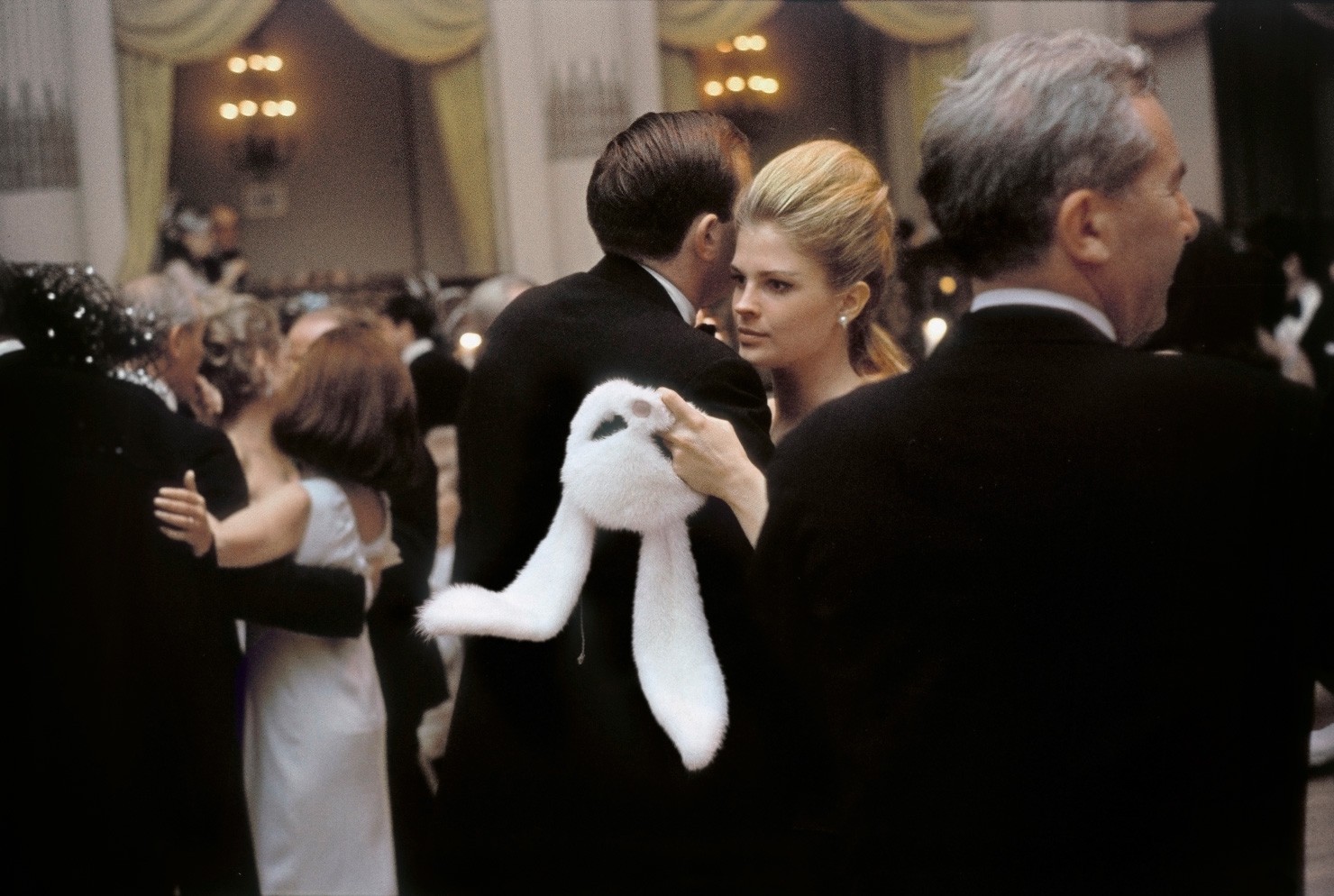
The ball was practically over by four in the morning. When Capote finally laid his head on his pillow, he managed to let the image of “a galaxy of black-and-white guests in masks, spending the time of their lives at the most wonderful ballroom in the city” rush through his head.
Not one of the guests used the service exit in order to dodge the press.
The guests did the right thing: in full gloss, each newspaper and magazine wrote a full gossip column about the incredible success of Capote’s venture, about the guests’ wonderful suits and dresses and about the level of spectacle attained that no one would likely be able to reach in the foreseeable future. Norman Mailer swore that it was one of the best parties in his own personal, party-rich history. “Vogue,” “Life,” “Time,” “Newsweek,” “The Chicago Tribune,” and “The New York Times” all published reports about the “Black-and-White Ball.” People who didn’t like reading could watch the live feed and reporting on CBS.
“Esquire” magazine put out an issue with famously angry words on the cover, “We wouldn’t have come even if you had invited us, Truman Capote!” This, it seemed was the final signifier of the glory of the “Black-and-White Ball,” a glory that has lived on in our days and has not been matched since by any other ball or party.
The novel “Answered Prayers,” however, was never completed.
New and best
